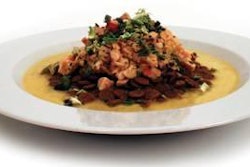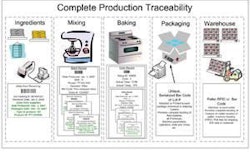Obesity predisposes to a prothrombotic state in humans, but whether a similar state occurs in obese animals is unknown. The objective of the study was to examine the effect of body fat percentage (BF) on hemostatic parameters, including thromboelastography with tissue factor as an activator (TF-TEG), in 72 client-owned, indoor, physically inactive cats.
A significant difference between lean (BF<35%, n=26), overweight (35%
This study indicates a connection between body fat content and altered hemostasis in cats. Whether feline obesity causes a hypercoagulable state of clinical relevance should be further investigated.
Source : C.R. Bjornvad et al., 2011. Obesity increases initial rate of fibrin formation during blood coagulation in domestic shorthaired cats. JAPAN online September 2011/14th ESVCN Conference September 2010. doi: 10.1111/j.1439-0396.2011.01235.x
















